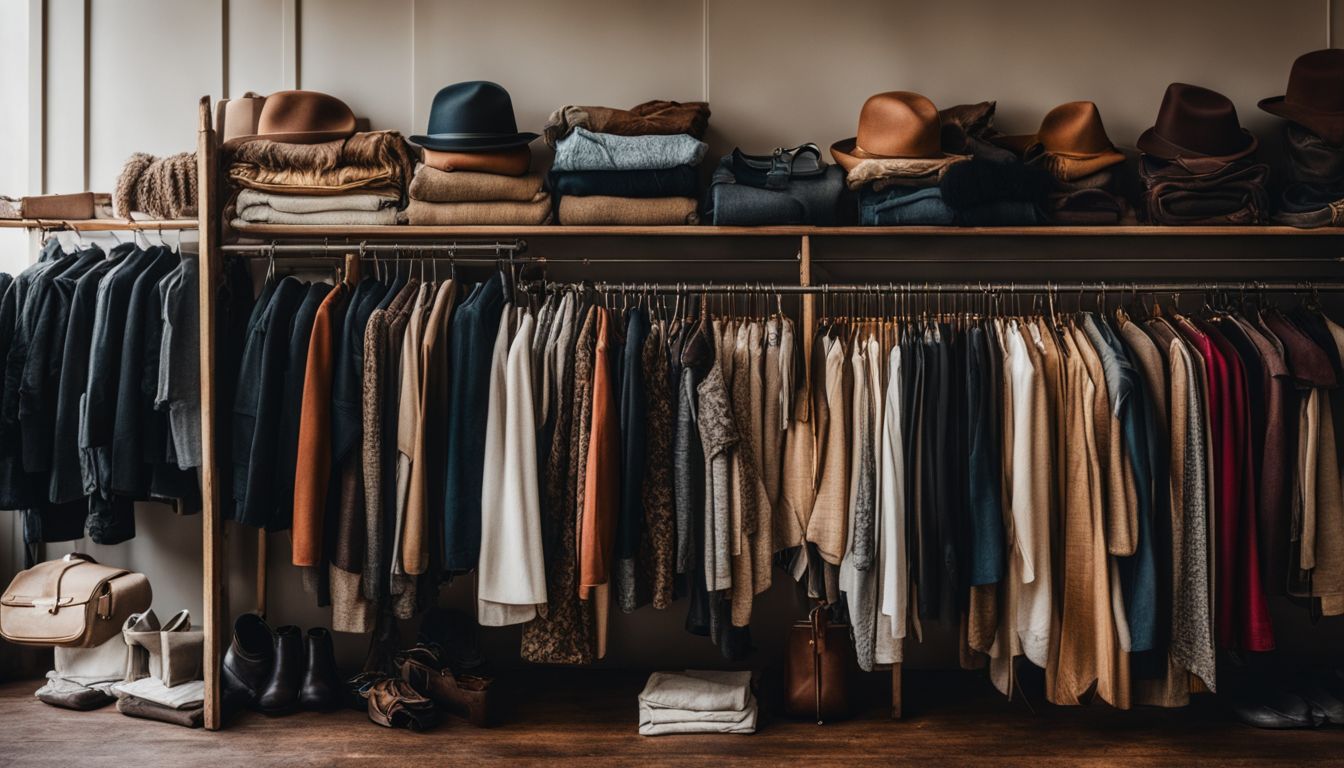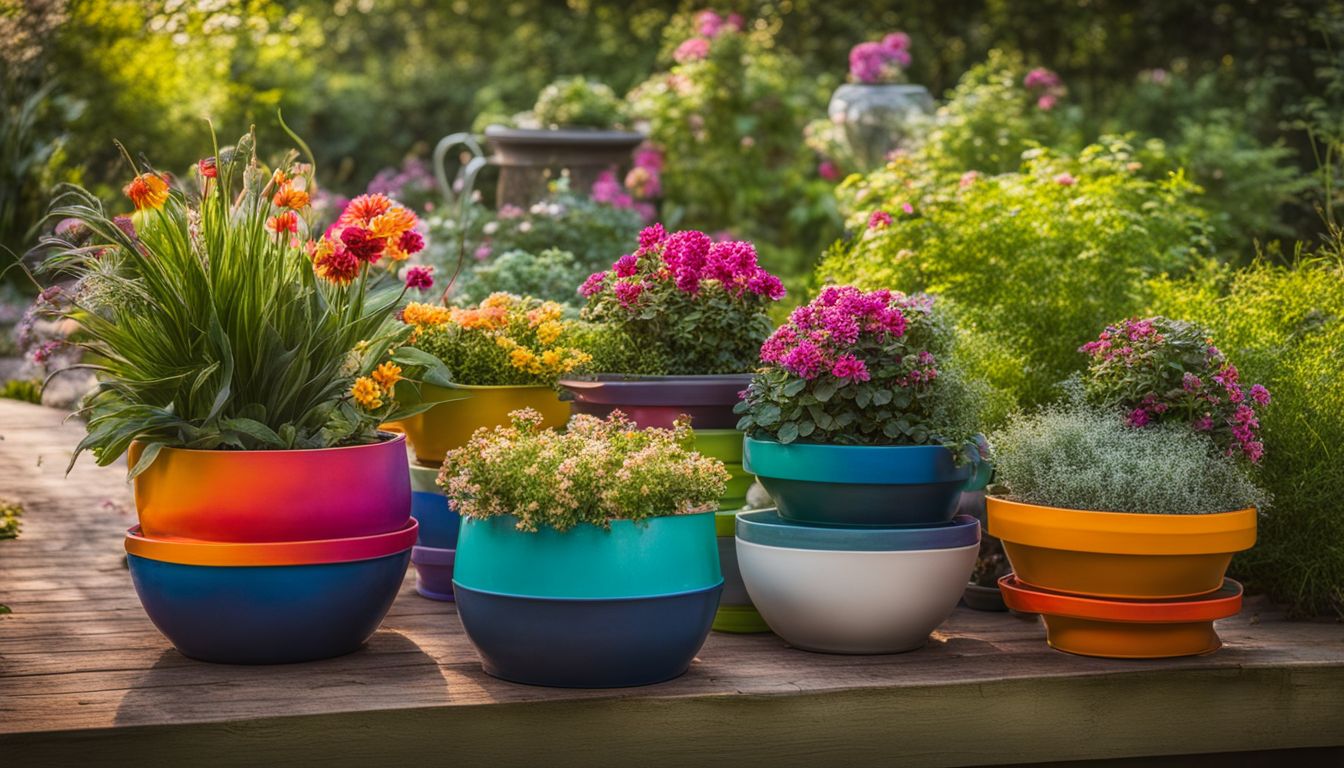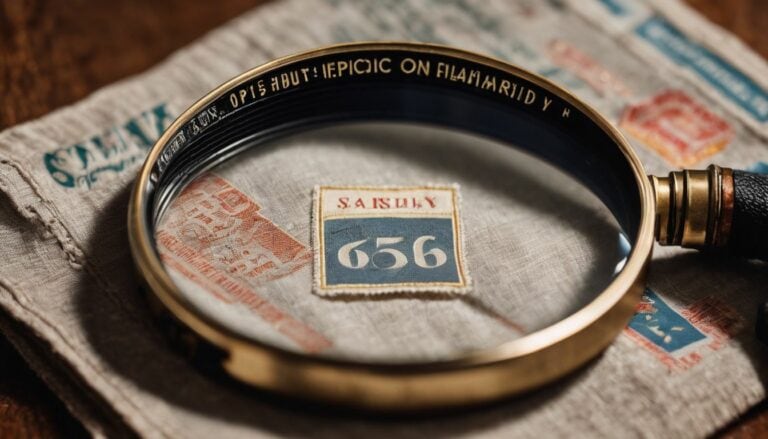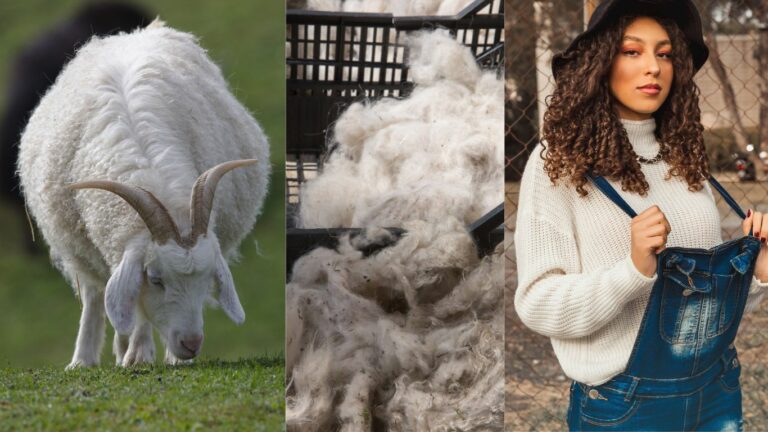Thrift Flips: Make Shopping Sustainable and Earn Extra Income with Thrift Flipping
Are you looking to make shopping more sustainable and possibly earn some extra income? Thrift flipping, the process of refurbishing second-hand items and reselling them, is quickly gaining popularity.
In this article, we’ll explore ways to thrift flip responsibly while benefiting both your wallet and the environment. Dive in if you’re intrigued by making treasure out of another person’s toss-aways!
Key Takeaways
- Thrift flipping is the process of buying second – hand items from thrift stores, refurbishing them, and reselling them for a profit.
- It can be done with various items like clothes, furniture, and decor pieces found at low prices in thrift stores.
- Thrift flipping promotes sustainability by recycling old items instead of throwing them away and reducing waste.
- However, there are ethical concerns about affordability and fairness for those who rely on affordable items from thrift stores.
What Is Thrift Flipping?

Thrift flipping is a cool trend. People buy old or used items from thrift stores at low prices. These items could be clothes, furniture, or decor pieces. Then they add their own touch to these items and fix them up.
They change the look of the item and make it better than before.
After fixing up, they sell these items for a price that’s higher than what they paid. This process of makeover and reselling is known as thrift flipping.
It can be done with almost anything that you find in a thrift store like clothing, household goods and even vintage stuff! You can earn some extra cash by selling your flipped treasures on online platforms such as eBay.
Is Thrift Flipping Ethical?

Thrift flipping raises some questions about fairness. Some people buy cheap items from thrift stores and sell them for more money. They make a big profit this way. But, this can cause problems for people who really need low-cost items from these stores to live.
It’s not fair to raise the price of things they need just to make extra cash.
On the other hand, thrift flipping also has good points. It helps recycle old items instead of throwing them away. This is better for our planet because it makes less waste.
So whether thrift flipping is right or wrong depends on how you see it. What matters most is that we stay fair and think about how our actions affect others.
Pros and Cons of Thrift Flipping

Thrift flipping provides a unique opportunity to not only contribute to sustainable shopping but also make a profit. Here’s a look at the pros and cons of thrift flipping:
| Pros | Cons |
|---|---|
| Thrift flipping is a form of recycling, making it a more sustainable approach to shopping. | There’s a potential risk of those in need being priced out of thrift stores because of affluent thrift flippers. |
| By thrift flipping, you can potentially earn a side income or even a full-time income by reselling items. | It requires time, effort, and a good eye to find items that can be flipped for a profit. |
| Thrift flipping can lead to a more ethical wardrobe as it promotes the reuse of clothing and reduces waste. | Some argue it’s unethical to buy cheaply and sell at a higher price, especially when using charitable thrift stores as a source. |
| There are a variety of resources and apps available to help you find and sell thrift flip items. | There can be uncertainty in the market, and it’s not always guaranteed that you’ll be able to sell what you buy. |
How To Thrift Flip Responsibly

Thrift flipping can be a fun and sustainable way to shop. Here are some tips on how to thrift flip responsibly:
- Look for quality items: When browsing thrift stores, focus on finding items that are well-made and in good condition. This will increase their resale value.
- Research market trends: Before purchasing items to flip, research what types of products are currently in demand. This will help you choose items that have a higher likelihood of selling.
- Take your time: Don’t rush when thrift flipping. Take the time to carefully inspect each item for any damages or flaws that may need fixing before reselling.
- Get creative with repairs: If you come across an item with minor damages, consider whether you have the skills or resources to fix it yourself. Small repairs can greatly increase the value of an item.
- Price competitively: When listing your thrift flips for sale, research similar items to see what they are being sold for. Price your items competitively but also consider the time and effort you put into repairing and improving them.
Thrift Flipping As An Answer To Fast Fashion

Thrift flipping is gaining popularity as a sustainable alternative to fast fashion. Fast fashion, which involves producing cheap clothes quickly, has negative impacts on the environment and workers’ rights.
Thrift flipping offers a solution by encouraging the reuse of clothing instead of buying new. By buying second-hand items from thrift stores and giving them a makeover, people can create unique pieces while reducing waste.
Thrift flipping also helps individuals save money while still staying fashionable. Instead of spending a lot on brand new clothes, you can find hidden gems at thrift stores for a fraction of the price.
With some creativity and DIY skills, you can transform these preloved items into trendy outfits that reflect your personal style.
In addition to being environmentally friendly and cost-effective, thrift flipping can also be a source of income. Many people have turned their love for thrifting into profitable side businesses by reselling their revamped items online or through local markets.
It’s an opportunity to showcase your creativity and entrepreneurial spirit while contributing to more sustainable shopping practices.
DIY Ideas For Thrift Flipping

Thrift flipping is a fun and creative way to give new life to preloved items. Here are some DIY ideas to get you started:
- Clothing alterations: Update old clothing by adding patches, embroidery, or cutting them into new styles.
- Home decor transformations: Give old furniture a fresh look with a coat of paint or new upholstery. Turn vintage suitcases into unique storage solutions or repurpose old picture frames as stylish wall art.
- Accessories makeover: Spruce up outdated accessories like belts, bags, and jewelry with paint, beads, or fabric scraps.
- Upcycled planters: Turn vintage teacups, jars, or tin cans into charming planters for your indoor or outdoor greenery.
- Customized textiles: Use fabric dye or stencils to create personalized designs on plain t-shirts, pillowcases, or curtains.
- Repurposed lighting fixtures: Convert old lamps or chandeliers into statement pieces by painting them in bold colors or replacing lampshades with unique materials.
- Thrifty gift ideas: Make one-of-a-kind gifts by repackaging thrifted items in creative ways, such as creating a personalized gift basket with secondhand books and vintage mugs.
Benefits of Thrift Flipping

Thrift flipping has several benefits that make it a popular trend for many people. Here are some of the advantages:
- Sustainable: Thrift flipping promotes sustainability by giving preloved items a second life instead of contributing to the demand for new products.
- Cost-effective: By purchasing second-hand items and fixing them up, thrift flippers can save money compared to buying brand new items.
- Unique finds: Thrift stores often have hidden gems and vintage items that can’t be found in regular retail stores, allowing thrift flippers to create unique and one-of-a-kind pieces.
- Income potential: Thrift flipping can be a source of side income or even a full-time job for those who have a knack for finding valuable items and reselling them at a higher price.
- Creativity outlet: Thrift flipping allows individuals to express their creativity through DIY projects and transformations, whether it’s altering clothing or repurposing furniture and decor.
- Positive environmental impact: By reducing waste and supporting the circular economy, thrift flipping helps minimize the environmental footprint associated with fast fashion and consumerism.
- Community support: Thrift stores often contribute to local communities by providing jobs and supporting charitable causes, so thrift flipping indirectly supports these initiatives.
- Personal satisfaction: Finding a great deal or successfully transforming an item through thrift flipping can bring a sense of accomplishment and fulfillment.
Alternatives to Thrift Flipping

If thrift flipping isn’t your thing or if you’re looking for other ways to be sustainable with your fashion choices, there are alternatives you can consider. One option is to participate in clothing swaps with friends or local communities.
This allows you to exchange clothes you no longer want for something new-to-you without spending any money. Another alternative is renting clothes instead of buying them. There are online platforms that offer rental services, allowing you to enjoy different styles and trends without adding to your wardrobe permanently.
And if you’re feeling crafty, you can try DIY projects using items from around your house or repurpose old clothing into something new and unique. These alternatives provide opportunities for creativity and sustainability while avoiding the need to spend a lot of money on new items.
Conclusion

In conclusion, thrift flipping is a popular trend that offers both environmental and financial benefits. By repurposing and reselling thrift store finds, we can help reduce waste and promote sustainable fashion.
Whether you’re looking for a creative DIY project or hoping to make some extra money, thrift flipping is a great option to consider. So grab your tools and start hunting for those hidden gems at the nearest thrift store!
FAQs
1. What are thrift flips?
Thrift flips are DIY projects where you transform secondhand or pre-owned items into something new and stylish.
2. How do I find items for thrift flips?
You can find items for thrift flips at thrift stores, consignment shops, yard sales, or even in your own closet.
3. Do I need special skills to do thrift flips?
No, you don’t need special skills to do thrift flips. Basic sewing, painting, or crafting skills can be helpful but not necessary.
4. What are some examples of thrift flip projects?
Some examples of thrift flip projects include turning a large shirt into a crop top, transforming old jeans into shorts or skirts, or repurposing an old bookshelf into a trendy storage unit.
5. Are thrifting and thrifting different things?
No, “thrifting” is the act of shopping at secondhand stores while “thrift flipping” is the process of transforming those secondhand items into something new and personalized.







